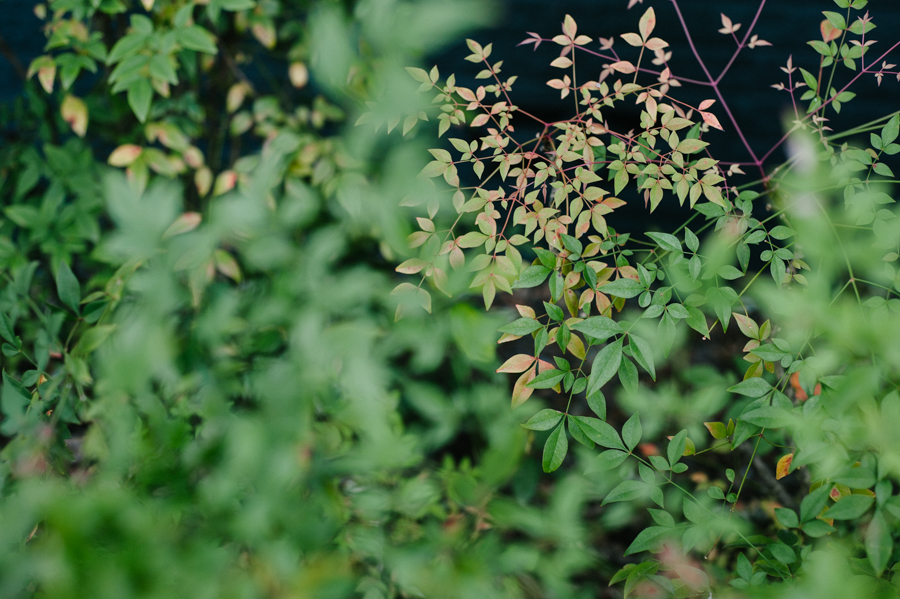
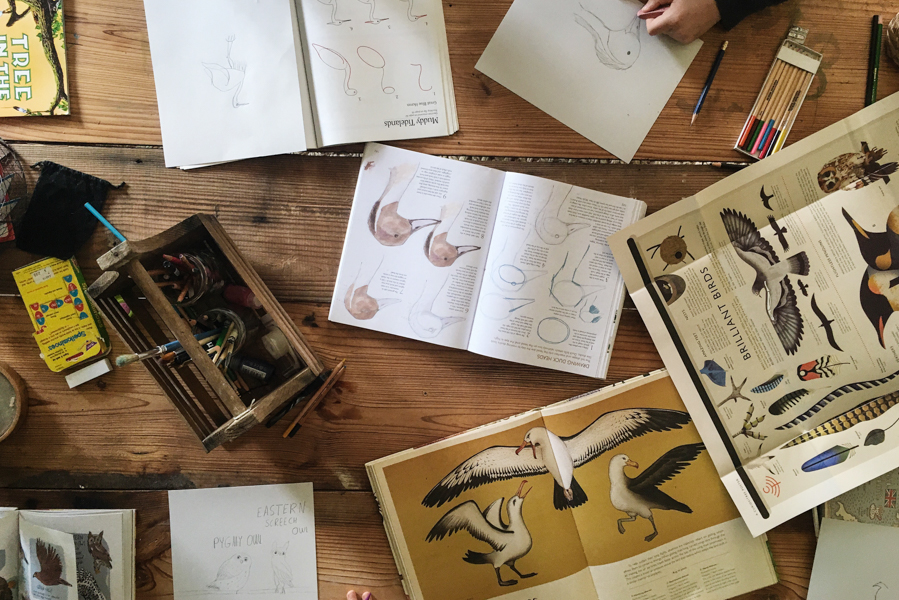
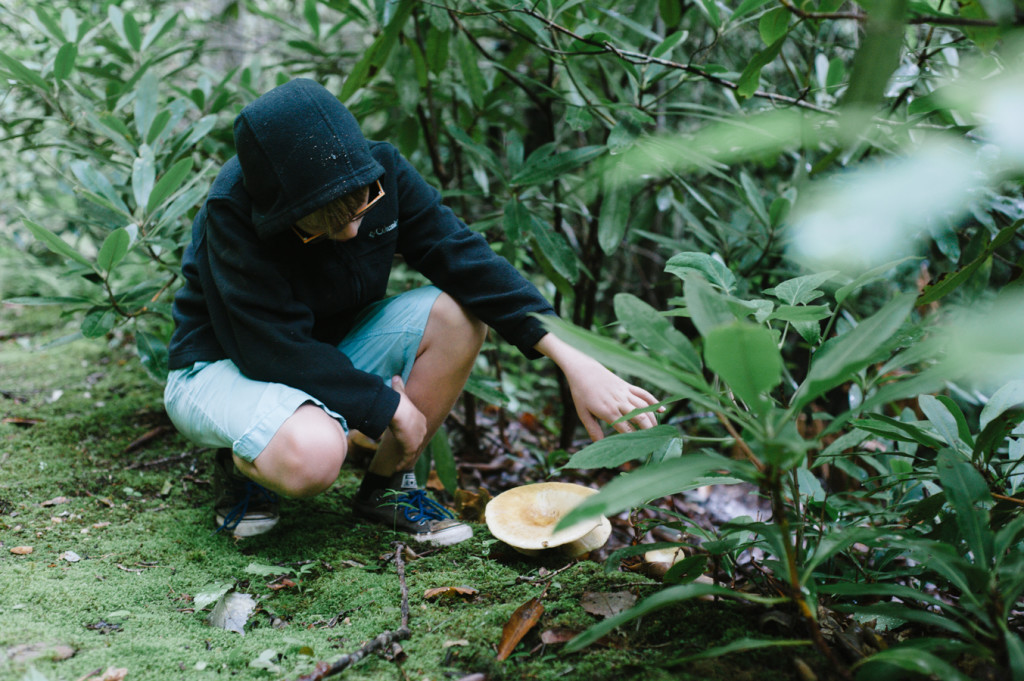 Each afternoon, indoors or outdoors depending on the weather, I read aloud with the kids, while they flip through nature books, illustrate and paint. We’ve always had a simple approach to our study and enjoyment of nature, beginning with simply playing [and hiking and camping] outdoors when they were young. I use the term study loosely here since we aren’t often researching Latin names or classifications of plants and animals, although my oldest three have done so more as they grow, simply from their curiosity. For now, the primary focus of this time is merely to learn to pay attention to the world around them, to observe details in the things and places we experience, and even the illustrations we notice in a book.
Each afternoon, indoors or outdoors depending on the weather, I read aloud with the kids, while they flip through nature books, illustrate and paint. We’ve always had a simple approach to our study and enjoyment of nature, beginning with simply playing [and hiking and camping] outdoors when they were young. I use the term study loosely here since we aren’t often researching Latin names or classifications of plants and animals, although my oldest three have done so more as they grow, simply from their curiosity. For now, the primary focus of this time is merely to learn to pay attention to the world around them, to observe details in the things and places we experience, and even the illustrations we notice in a book.
Children can craft their own exploration through well-illustrated books just as well as they can in the outdoors, so I try to leave a variety of well-illustrated nature books available on the table for them to thumb through whenever. Ideally, these books compliment their outdoor time, even if they aren’t exactly the same in content and timing. Together we might talk about a certain animal or ecosystem as they pop up in our stories or research something new we find outdoors, but for the most part I encourage freedom and curiosity in their nature studies, both indoors and out. I simply ask them to choose something that interests them, sketch it as best they can, and add color. For the older ones, I encourage more labeling, but for Olive, who tends to grow frustrated that she can’t draw as well as her older siblings, I simply encourage her observation and drawing skills.
For young children, I’ve also noticed drawing is far less intimidating when sketching from a book than trying to sketch a living thing, so I also keep a variety of drawing books around to help encourage them to notice the elements of shape in illustrations. A how-to on one bird will easily translate to another. A cat might have the same shape as a fox with different details. Sketching one leaf, will help you sketch another. And so on. Notice and alter the details, I encourage.
We haven’t ever kept a nature journal in the traditional sense, although I admire those who do. For now, notebook-ing is an easier commitment and process for us. After their artwork has dried, we simply slip it into a page protector in a binder to preserve it. Naturally, their notebooks also reflect their whim––opposed to a more orderly and processed study––revealing a starfish on one page and a rabbit on the next. But I’m okay with this right now, as it fits into our day in a less stressful way, giving exposure to a variety of living things perhaps they’ll order in later years.
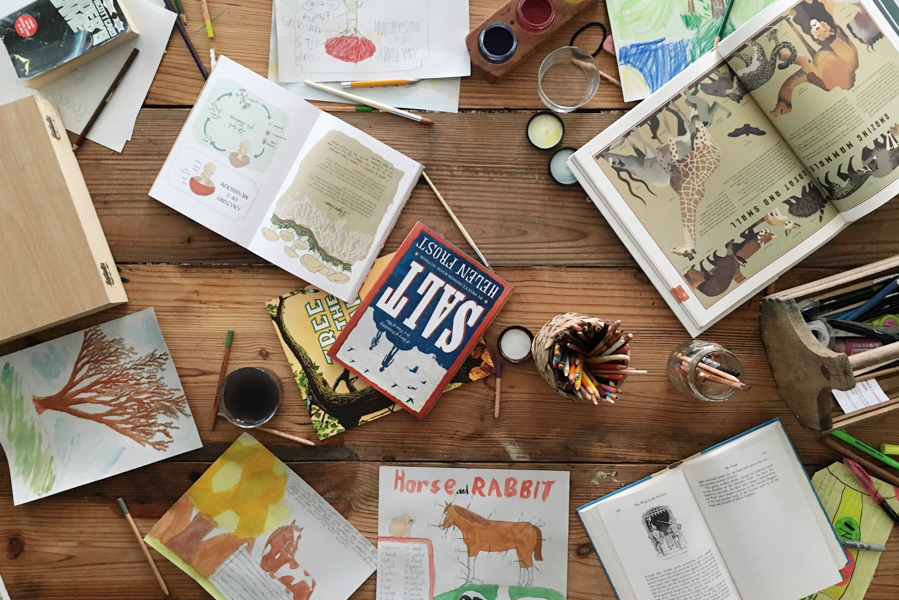
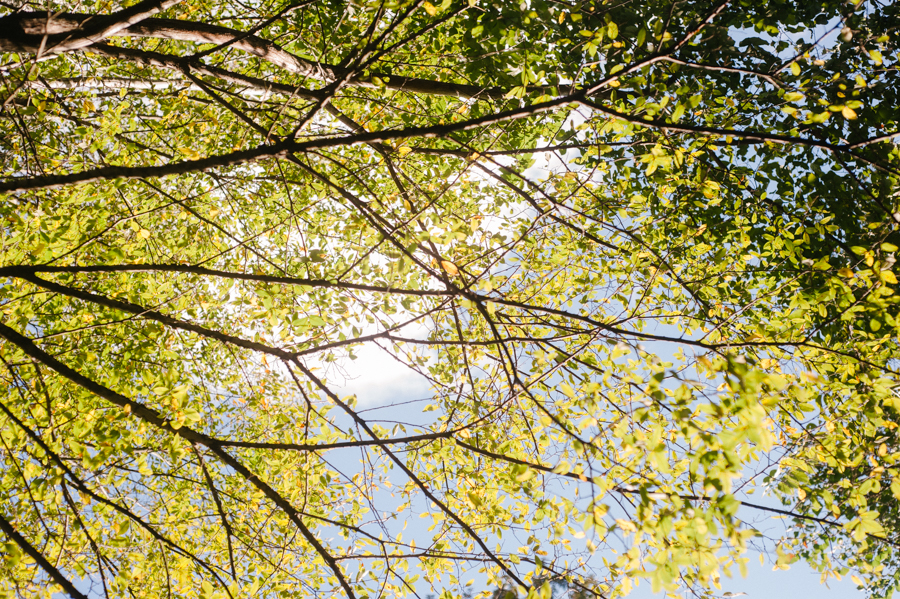

For those of you interested in beautiful resources, here are some of the ones we are using and enjoying in our home, often in those afternoon table scenes I share on Instagram:
DRAWING + JOURNALING REFERENCES /
Draw Write Now series (for young children)
Drawing With Children (teaching parents to teach their children to draw)
The Laws Guide to Nature Drawing and Journaling (for older children and adults)
Keeping a Nature Journal: Discover a Whole New Way of Seeing the World Around You (for older children and adults)
The Curious Nature Guide: Explore the Natural Wonders All Around You (wonderful for cultivating simple connections to nature from home)
ILLUSTRATED BOOKS /
Natural World: A Visual Compendium of Wonders from Nature
Botanicum (pre-ordered and so excited to add to our study of plant life)
Nature’s Day: Discover the World of Wonder On Your Doorstep (wonderful for younger children)
REFERENCES FOR PARENTS
Last Child in the Woods (re-reading this now; so good)
Play the Forest School Way (a wonderful resource of playful activities with nature, geared toward ages 4-11)
Wild + Free (their monthly bundles always include a beautiful section for nature study by Kristin Rogers)
The Handbook of Nature Study (intimidating in size and text, but a great reference for older children and adults)
SUPPLIES
LYRA Rembrandt Polycolor pencils
110# cardstock paper (cheaper than watercolor paper)
page protectors

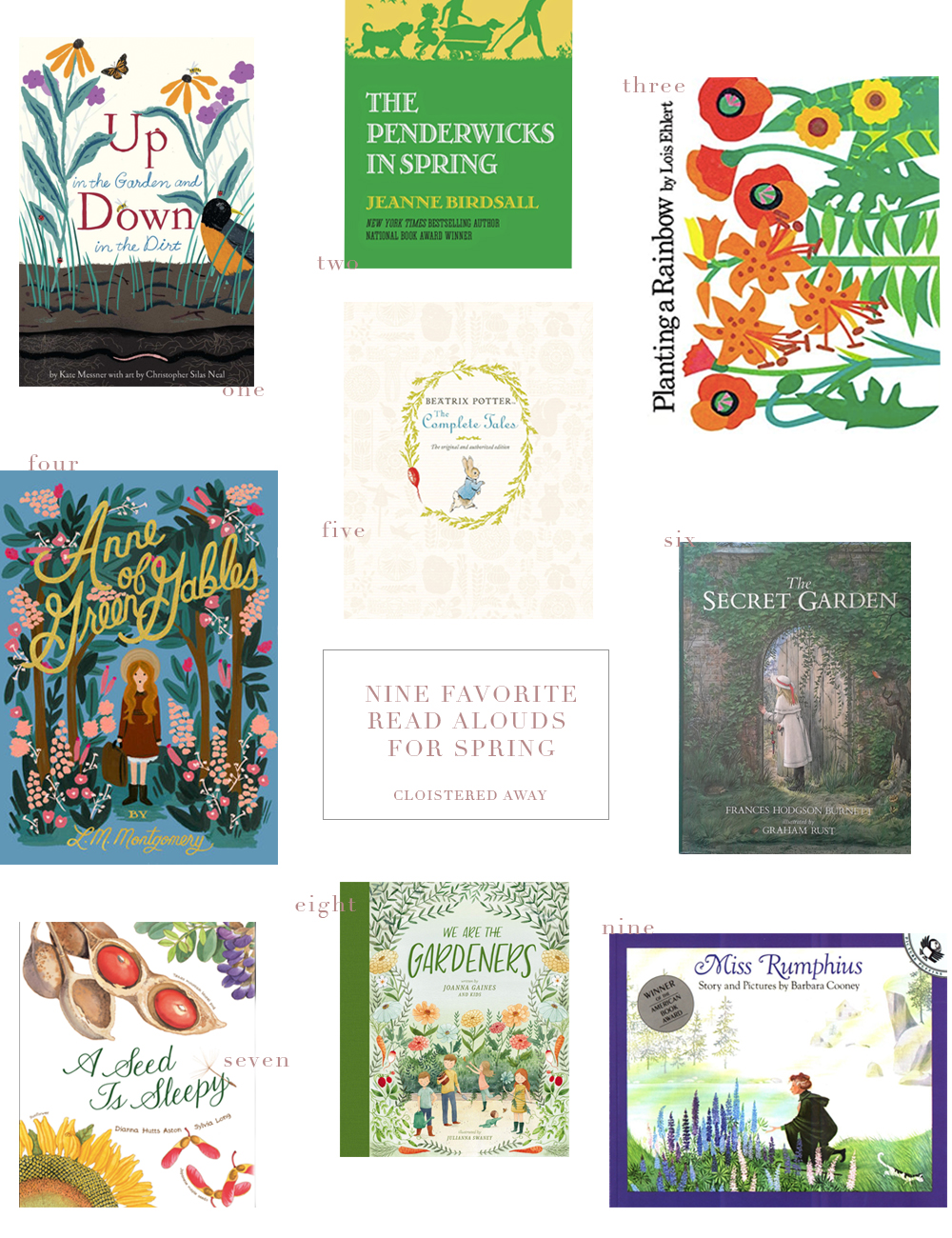

Comments
lovely. my children, specially my boys arre very into nature and animals. i want to incorporate and use more of this interest to complement and enhace our days. my question is, what do you do in the mornings? my children are 10 and younger (baby will be 1 in January) so a long day with learning is too much, but i want it to be meaningful. simple but with a purpose (wink!) Any suggestions??
I’ve appreciated your instagrams of your nature study, thank you for explaining a little more what you do!
My children are still young (6,5 and baby) but this gives me ideas and encouragement to continue laying the foundations. I also added several of these books to an Amazon wish list!
I’m so glad to hear this, Breanne. My Amazon wishlist is always growing, too. [covers face]
What kind of books do you read aloud while they draw? Nature/science books? Other read alouds for other subjects? For fun novel?
Classic literature, generally. Right now, The Wind and the Willows and the Holling C. Holling books. We tend to lighter reads at bedtime and history type of books in the morning. ;)
Thank you!
Thank you for this. My children are still young, but nature play/discussion/observation is incorporated informally into most of our days. I’ve thought implementing a more formal nature study/journaling but am the type that can overwhelmed with the details and then not follow through (if Myers-Briggs is accurate, it could be an INFP thing;) So nice to be reminded it doesn’t have to be formal or “in order.” I love your notebooking process!
I’m so glad to hear it. I’ve certainly relaxed in letting them learn how they each do over the years, but truly they learn so much through their own exploration and research! Young children can learn so much simply through enjoying the outdoors and reading stories about nature, too. The notebooks are a gift to see how their handwriting and artwork evolves, and also for a personal reference of their work.
Thank you! Wonderful post!!
You’re welcome, Callie!
Love this post.. we follow a nature study year long curriculum and love it… it’s a big chunk of our homeschool week as so many things entwined in each weekly topic…( plus I’ve fallen in love with watercolour and nature journaling myself) I love some of your resources we have many of them but some if adding to my Amazon wish list .. thank you x
Ooh how lovely! It’s such a beautiful way to branch into all sort of other learning and experience. I think I value it more and more each year. Thank you for sharing, Ally.